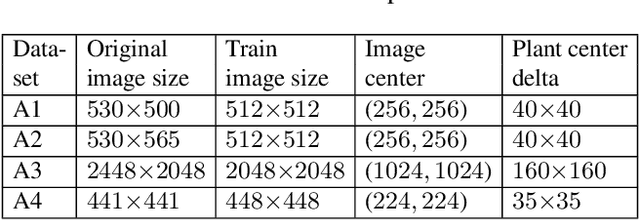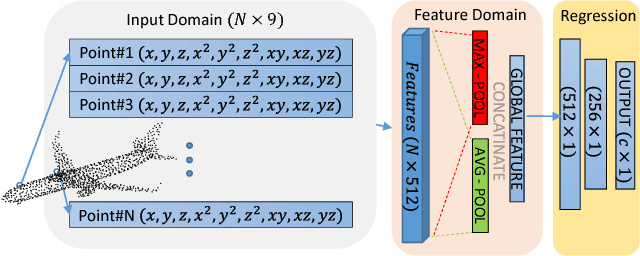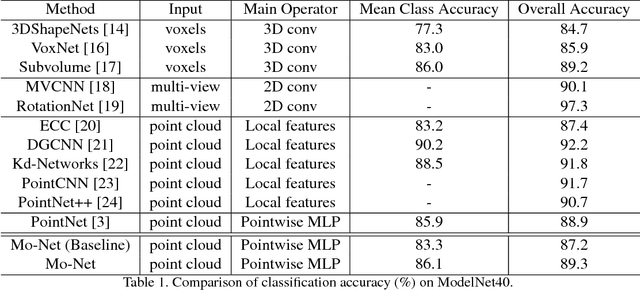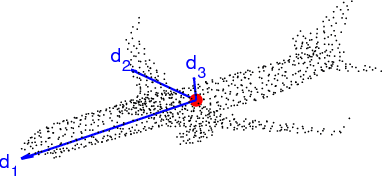Alon Zvirin
Abiotic Stress Prediction from RGB-T Images of Banana Plantlets
Nov 23, 2020



Abstract:Prediction of stress conditions is important for monitoring plant growth stages, disease detection, and assessment of crop yields. Multi-modal data, acquired from a variety of sensors, offers diverse perspectives and is expected to benefit the prediction process. We present several methods and strategies for abiotic stress prediction in banana plantlets, on a dataset acquired during a two and a half weeks period, of plantlets subject to four separate water and fertilizer treatments. The dataset consists of RGB and thermal images, taken once daily of each plant. Results are encouraging, in the sense that neural networks exhibit high prediction rates (over $90\%$ amongst four classes), in cases where there are hardly any noticeable features distinguishing the treatments, much higher than field experts can supply.
Data Augmentation for Leaf Segmentation and Counting Tasks in Rosette Plants
Mar 20, 2019



Abstract:Deep learning techniques involving image processing and data analysis are constantly evolving. Many domains adapt these techniques for object segmentation, instantiation and classification. Recently, agricultural industries adopted those techniques in order to bring automation to farmers around the globe. One analysis procedure required for automatic visual inspection in this domain is leaf count and segmentation. Collecting labeled data from field crops and greenhouses is a complicated task due to the large variety of crops, growth seasons, climate changes, phenotype diversity, and more, especially when specific learning tasks require a large amount of labeled data for training. Data augmentation for training deep neural networks is well established, examples include data synthesis, using generative semi-synthetic models, and applying various kinds of transformations. In this paper we propose a method that preserves the geometric structure of the data objects, thus keeping the physical appearance of the data-set as close as possible to imaged plants in real agricultural scenes. The proposed method provides state of the art results when applied to the standard benchmark in the field, namely, the ongoing Leaf Segmentation Challenge hosted by Computer Vision Problems in Plant Phenotyping.
Mo-Net: Flavor the Moments in Learning to Classify Shapes
Dec 18, 2018



Abstract:A fundamental question in learning to classify 3D shapes is how to treat the data in a way that would allow us to construct efficient and accurate geometric processing and analysis procedures. Here, we restrict ourselves to networks that operate on point clouds. There were several attempts to treat point clouds as non-structured data sets by which a neural network is trained to extract discriminative properties. The idea of using 3D coordinates as class identifiers motivated us to extend this line of thought to that of shape classification by comparing attributes that could easily account for the shape moments. Here, we propose to add polynomial functions of the coordinates allowing the network to account for higher order moments of a given shape. Experiments on two benchmarks show that the suggested network is able to provide more accurate results and at the same token learn more efficiently in terms of memory and computational complexity.
 Add to Chrome
Add to Chrome Add to Firefox
Add to Firefox Add to Edge
Add to Edge